Life in 19th-century Victorian London was no cozy tea party. Between the soot-stained air, ice-cold tenement baths, and etiquette rules, most modern people wouldn’t last a day. This wasn’t a world built for soft hands, weak stomachs, or Wi-Fi addictions. If you think you’d thrive back then, here are a few reasons that might change your mind fast.
The Air Was Basically Poison
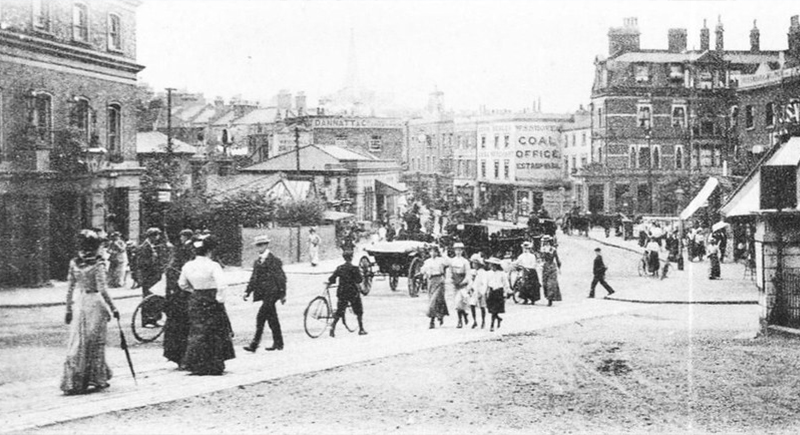
The air in 19th-century Victorian London was downright deadly. Thanks to coal-fired everything, the sky stayed thick with smoke and sulfur. People breathed in soot daily, and the infamous “London fog” was a mix of industrial pollution and natural mist. It stained buildings, ruined clothes, and sent thousands to early graves with lung disease.
No Modern Medicine

If you got sick in 19th-century Victorian London, good luck. Doctors worked without antibiotics, and germ theory hadn’t fully caught on. They prescribed mercury, bloodletting, and blistering agents for everything from headaches to tuberculosis. Hospitals were also overcrowded and often filthy—more dangerous than staying home.
Rules for Everything
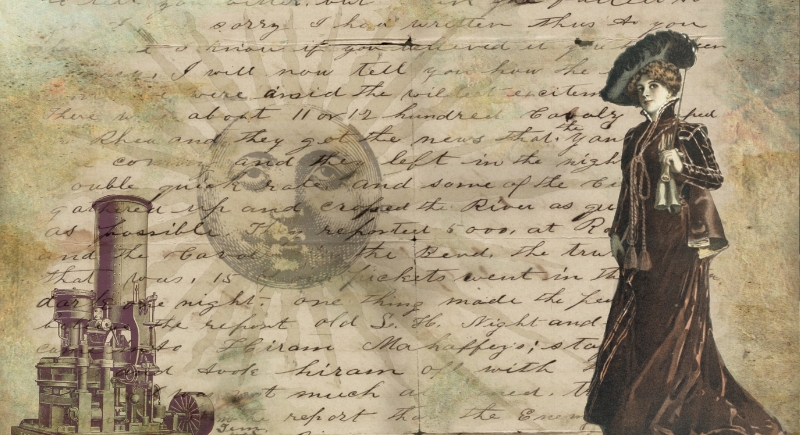
Victorian London didn’t believe in casual. There were rules for how to walk, talk, dress, eat, sit, greet, and even grieve—especially if you wanted to be accepted in “proper” society. A misplaced fork or overly familiar handshake could earn raised eyebrows or worse.
Crime Was Wild
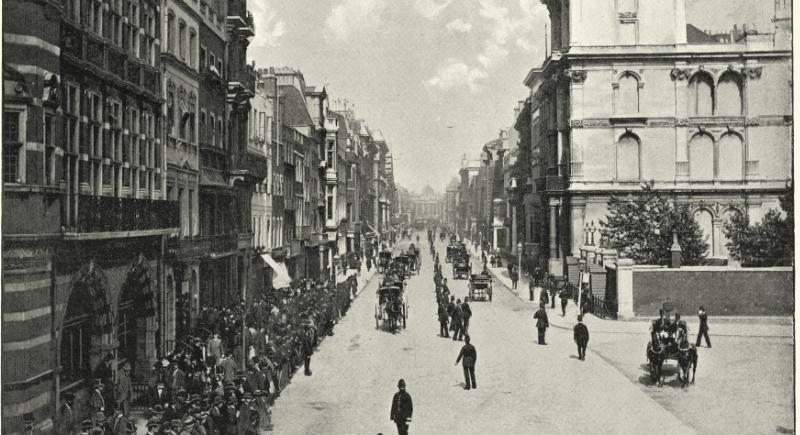
Crime ran rampant in the 19th century, especially in overcrowded slums where desperation bred pickpockets, con artists, and violent gangs. The police force was still figuring things out, and early officers—nicknamed “Bobbies”—had no radios, weapons, and very little authority. Murderers like Jack the Ripper terrified entire neighborhoods.
Personal Hygiene Was a Luxury

For most people, regular baths weren’t part of the routine—hot water was expensive, and indoor plumbing was rare. Working-class families often shared a single tub, reused the same water, or skipped bathing altogether. The air smelled like smoke and sewage, and so did a lot of people.
Toilets Were…Buckets

Toilets in 19th century Victorian London were more horror show than convenience. Most working-class homes didn’t have indoor plumbing, so chamber pots and outhouses barely did the job. People emptied waste into cesspits or tossed it out the window with a cheerful yell of “gardyloo!” Above all, the smell lingered everywhere.
Rats and Roaches Everywhere
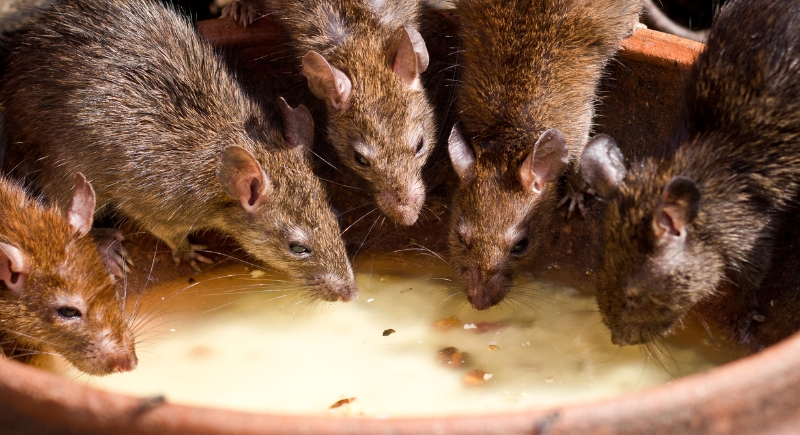
The community had a serious pest problem—and no real way to fix it. Rats scurried through kitchens, and roaches hid in bedding. According to the British Medical Journal archives, rats carried fleas that spread deadly diseases like the plague.
Clothes Were a Chore
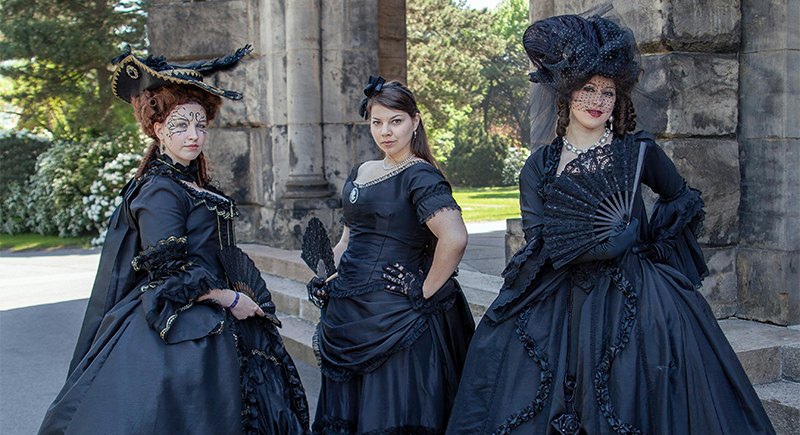
Getting dressed wasn’t something you did in five minutes—it was a full-on project. Women wore corsets so tight they could barely breathe, and men had more buttons than anyone had patience for. Even children weren’t spared—little boys wore dresses until they were “old enough.” Dressing comfortably was not an option.
Child Labor Was Normal
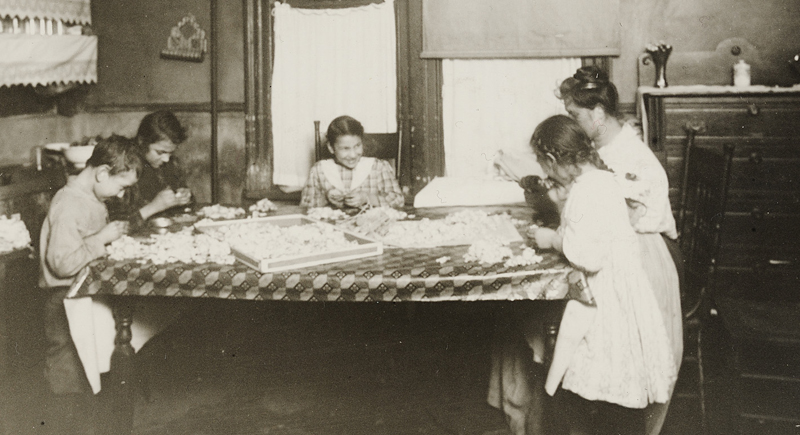
Childhood often meant hard labor and not play. Kids as young as five worked long hours in factories, mines, and chimney sweeps. Employers paid them less than adults and gave them the most dangerous jobs because of their small size. School wasn’t always an option, especially for low-income families.
No Trash Collection
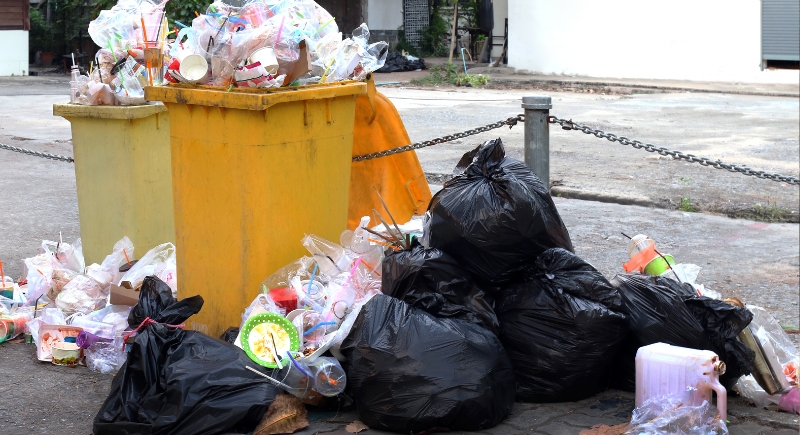
There was no organized garbage collection for most of the 19th century, so waste piled up in streets and backyards. Ragpickers and “dustmen” made a living by scavenging through it, but most neighborhoods stank year-round. Rotting garbage and animal waste helped fuel the city’s filth problem and attracted pests by the thousands.
Fires Spread Fast
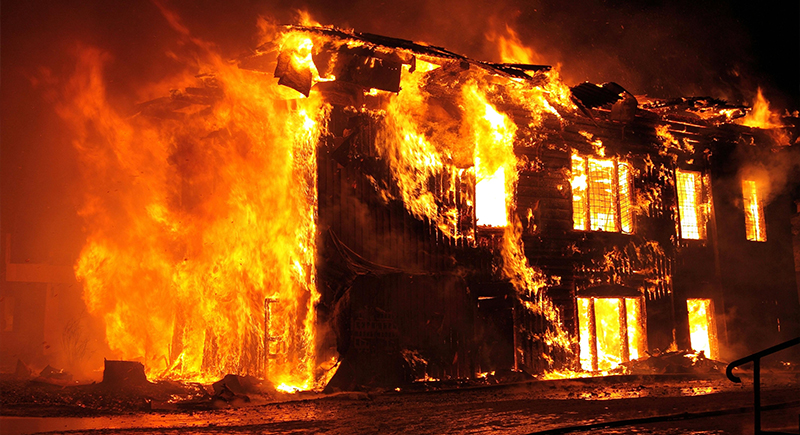
One spark could turn into a street-wide inferno in tightly packed Victorian London. Buildings were made of wood and crowded side by side. They were often lit with candles, oil lamps, or early gas fixtures—all fire hazards. Fire services existed, but responses were slow, and equipment was basic.
Class Determined Everything
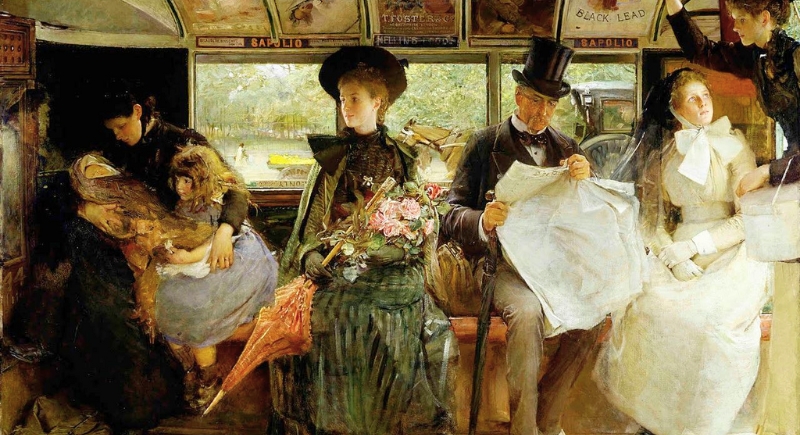
Where you lived, what you wore, how you spoke, even who you married—all hinged on your social rank. The rich had spacious homes, education, and healthcare; the poor had overcrowded slums and hard labor. Even the justice system treated people differently based on class.
You Could Be Pressed Into Service

If you were a man in 19th-century Victorian London, a night out could end with you waking up on a ship. “Press gangs” were groups tasked with forcing men into service for the Royal Navy. They targeted the poor, the drunk, and anyone unlucky enough to be in the wrong place.
Public Hangings Were Entertainment

Public hangings were treated like major social events. Crowds gathered in the thousands, sometimes arriving before dawn to claim a good viewing spot. The idea was to deter crime, but these grim spectacles often did the opposite. If the thought of death as entertainment makes you squirm, Victorian justice would’ve been a nightmare.
London Was Loud and Relentless
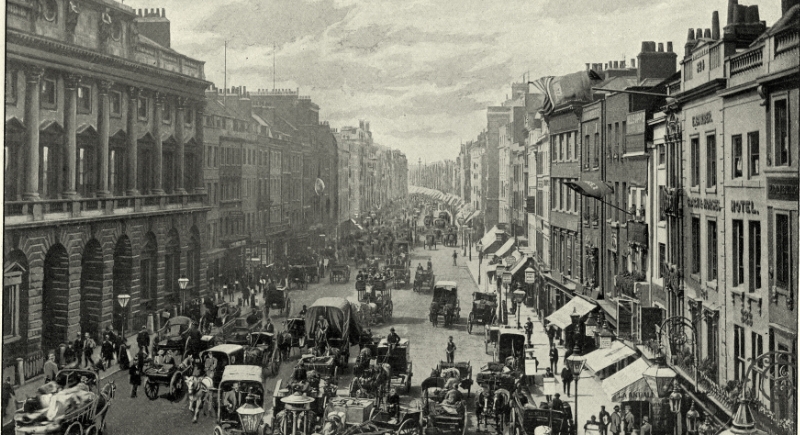
Peace and quiet didn’t exist in 19th-century Victorian London. The city buzzed around the clock with horse-drawn traffic, clanging blacksmiths, street vendors shouting their goods, and factories grinding away. Many families lived in cramped housing near noisy markets or busy roads.